Did you notice the signal lights on your Ford Expedition blinking faster than normal, and you want to know why it is doing that and what you can do about it? You’ve come to the right place, for we have researched this question, and we have the answer for you.
The blinker of your Ford Expedition will start to blink faster if one of the bulbs burns out. The lower load, and increased electrical energy resulting, can cause the blinker to blink faster. Here are other possible causes of a flasher that is blinking quickly:
- The wrong type of blinker or bulb
- Loose turn signal connection
- Regulator problem
Learn more about the blinker on your Ford Expedition in the succeeding sections. You can also learn more about the different possible causes and what you can do to fix each of the issues.
Read on!
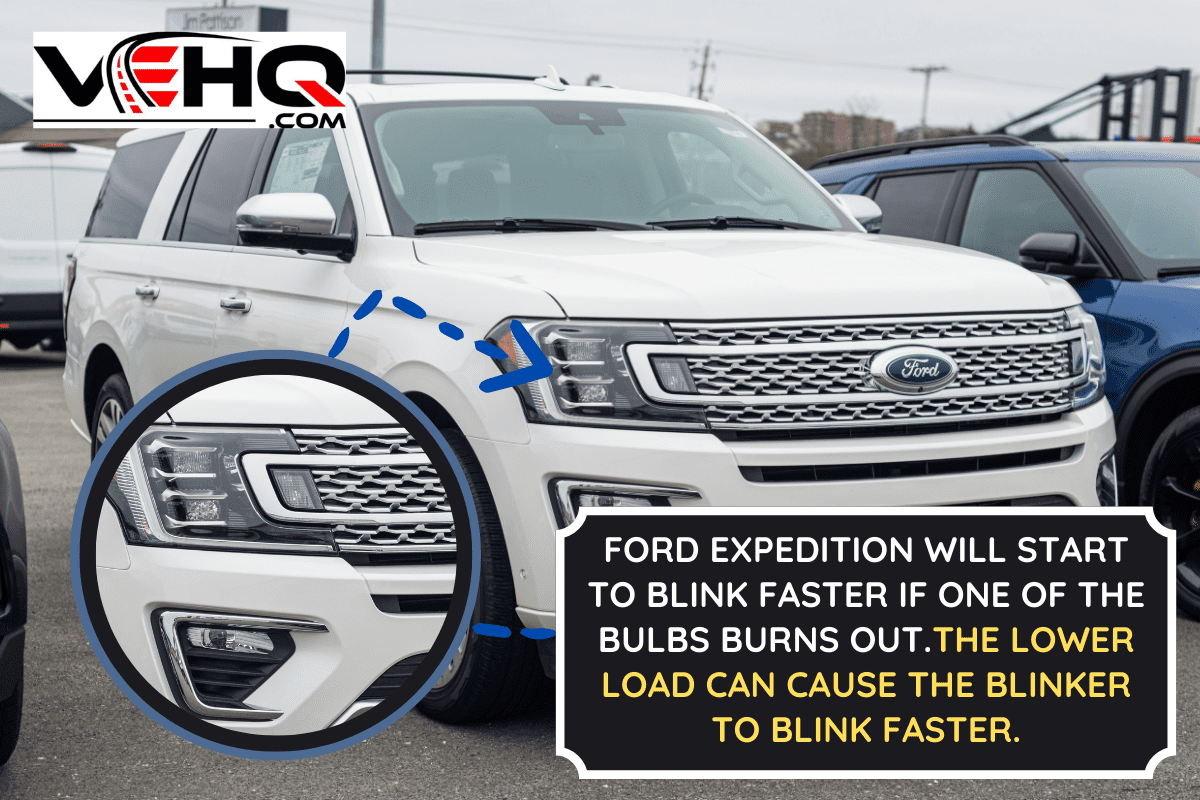
Turn Signal Flashers
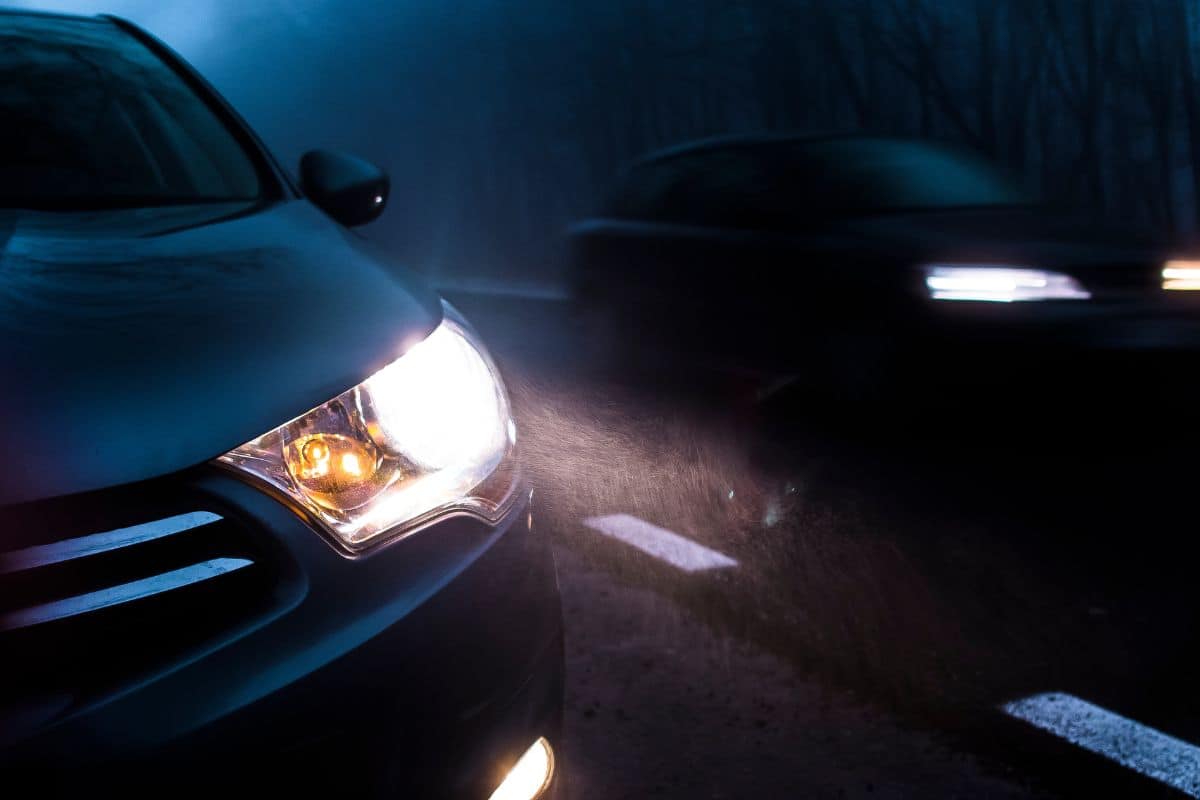
Blinkers, also known as signal blinkers, signal flashers, or relay, are one of the most important safety devices on your car. It informs other drivers in which direction you’re turning, and this helps avoid collisions. It can also warn others to be on alert when they see your hazard signal.
How do turn signal flashers work?
Traditional signal blinkers are controlled by a thermal flasher. The “thermal” part of the name comes from the resistive wire inside the flasher. The resistive wire heats and cools at a very fast rate, which controls the signal lights' blinking.
The resistive wire is connected to a curved spring with a conductive material in the middle.
When you turn on the signal lights on your Ford Expedition, the resistive wire receives electrical energy and starts to heat up. The heat causes it to expand and pulls on both ends of the spring, straightening it. Once the spring becomes straight enough, the conductive material in the middle of the spring completes the circuit and turns on the light.
However, turning on the signal light turns off the electrical supply of the resistive wire, causing it to cool and contract. Its contraction allows the spring to curl once more and separate the conductive material from the circuit. Once the circuit is broken, electricity flows back into the resistive wire, and the cycle goes on once more.
The entire cycle completes at least one to two times per second.
If there is less load—like when you have a burned-out signal light bulb—then there will be more electrical energy available for the resistive wire. The increase in electrical energy can cause the resistive wire to heat up faster and expand faster. This can lead to the signal lights blinking faster than normal.
What is a solid-state flasher?
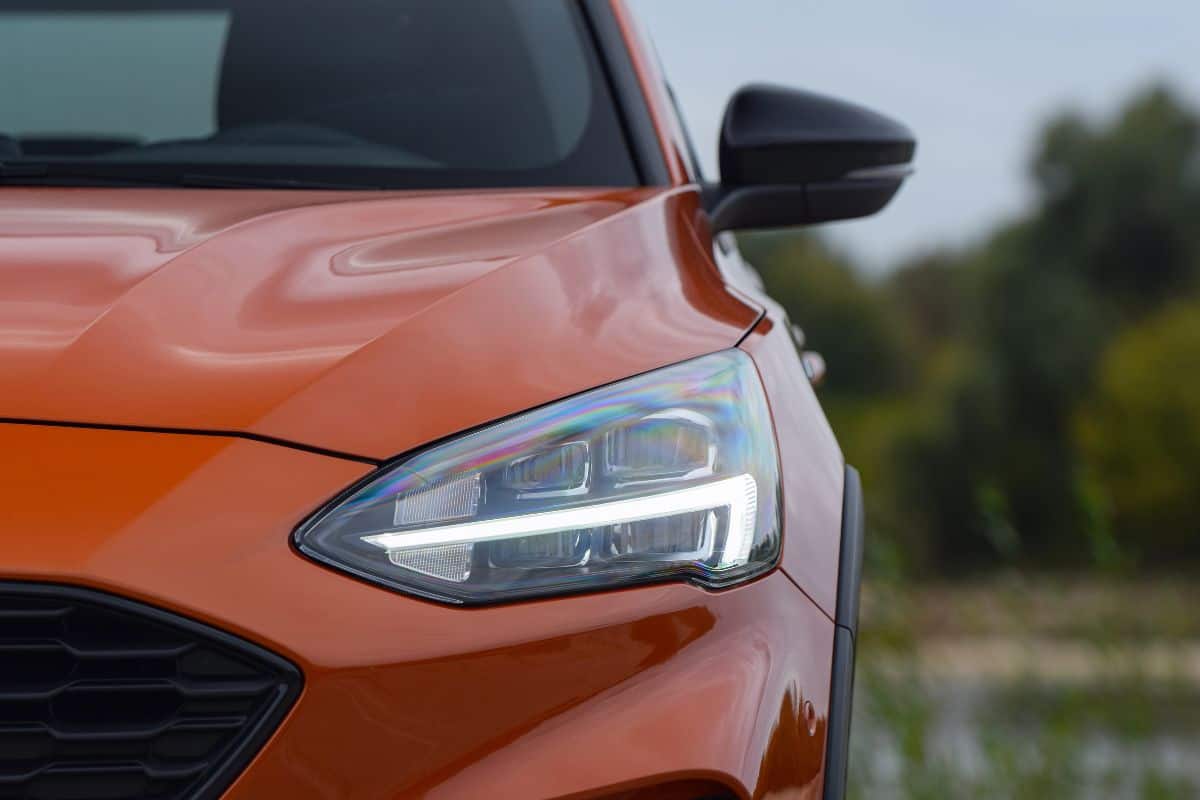
Newer cars that use LED bulbs likely have solid-state flashers. If you have a newer Ford Expedition model, it should have a solid-state blinker instead of a thermal flasher.
Solid-state flashers use a timing chip to control the flow of electricity to the bulbs. The timing chip ensures that the blinking rate is consistent regardless of load.
How can the wrong bulb type cause the signal lights to blink faster?
The wrong type of bulb or relay will have a different blinking pattern than what is in your Expedition by default. This could cause your blinkers to blink quickly if you recently had the bulb replaced and the wrong bulb was installed.
Swap out the wrong bulb with the correct one, and this should fix the problem.
Different bulbs consume electrical energy at different rates. A bulb with a lower electronic consumption requirement will cause the overall flow of electricity in your blinkers to change. This change can affect the speed of blinking, especially if your Expedition is using a thermal blinker.
A good example of two bulbs with different ratings is a halogen bulb and an LED bulb. A regular signal light halogen bulb consumes 27 watts and 2.25 amperes at 12 volts. On the other hand, an LED bulb consumes only 8.4 watts and 0.7 amperes at 12 volts.
They both work at the same 12 volts supplied by your Expedition, but they consume electricity at different rates.
You could have this problem if you recently had a signal light bulb replacement and the wrong bulb was used. To fix this, just replace the wrong bulb with the appropriate bulb that matches the factory settings of your Expedition.
How can a loose connection on the turn signal lever cause hyper flashing?
A loose connection on the turn signal will create a situation where the electrical load becomes lower than normal. This can cause the blinker or relay to behave like there is a burned-out bulb in the turn signals.
Looking for a loose connection can take a long time, and might end up causing additional loose connections. So, unless you know what you’re doing, this problem is best repaired by a professional. Bring your Expedition to a mechanic to troubleshoot and fix the loose connection for you.
How can a voltage regulator issue cause blinkers to blink faster?
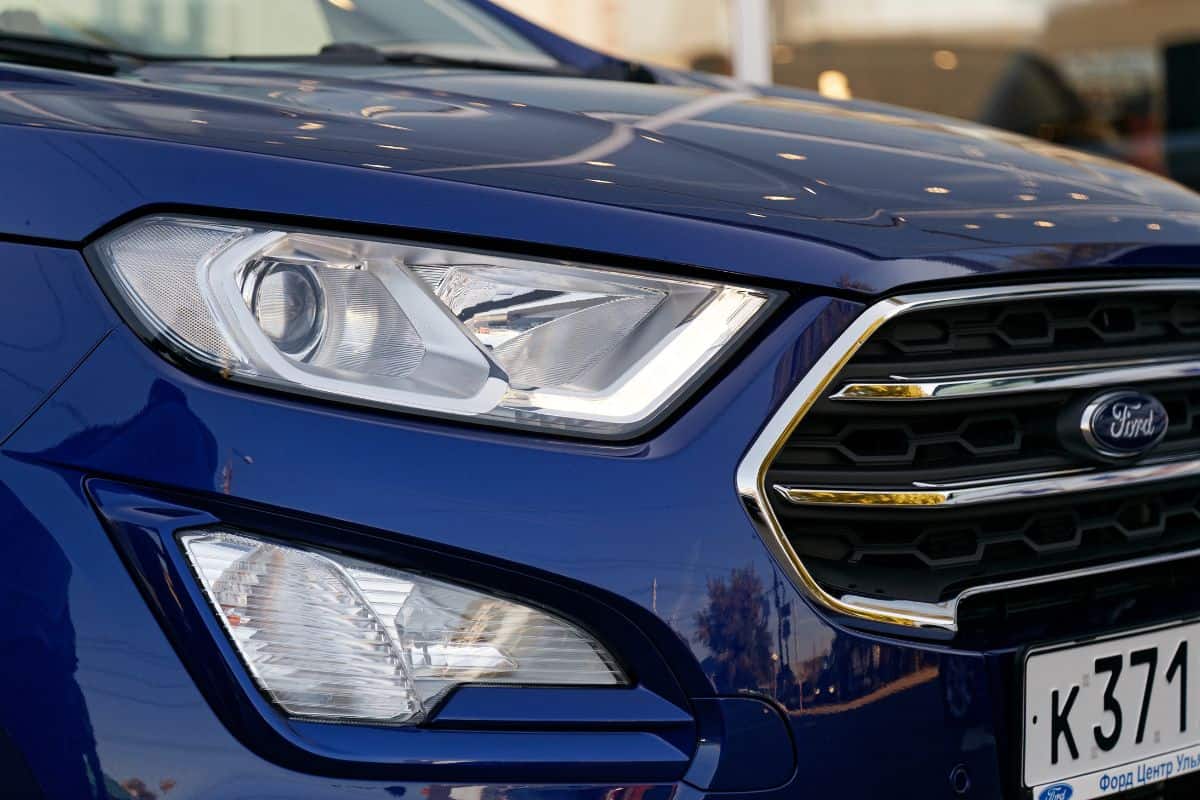
The voltage regulator is responsible for maintaining the voltage of the electricity that your alternator produces.
When you start your Ford Expedition, the alternator takes over in supplying the electrical energy needed by the different electrical components of your car. This includes the turn signals.
The alternator converts mechanical energy from the engine's rotation to electrical energy. If the engine is idle, the alternator will produce electricity at its minimum level. When the engine is running at a high RPM, the alternator will also produce a higher amount of electrical energy.
Fluctuating electrical energy is bad for most electronic devices. Thus, the voltage regulator ensures that the supply of electricity coming from the alternator will be the same whether you’re running your Expedition at a fast speed or not.
When the voltage regulator fails, the alternator's electrical energy will no longer be at the same level. If there is too much electrical energy coming from the alternator, the blinker will also blink too fast.
To fix this issue, the voltage regulator will need a replacement. Unfortunately, most Ford Expedition models use an alternator and voltage regulator combined into a single unit. Thus, replacing the voltage regulator will require you to replace the alternator.
You can replace the alternator of your Ford Expedition yourself by following the instructions below. Alternatively, you can bring your Ford Expedition to a mechanic to replace your alternator.
How to replace the alternator in Ford Expedition?
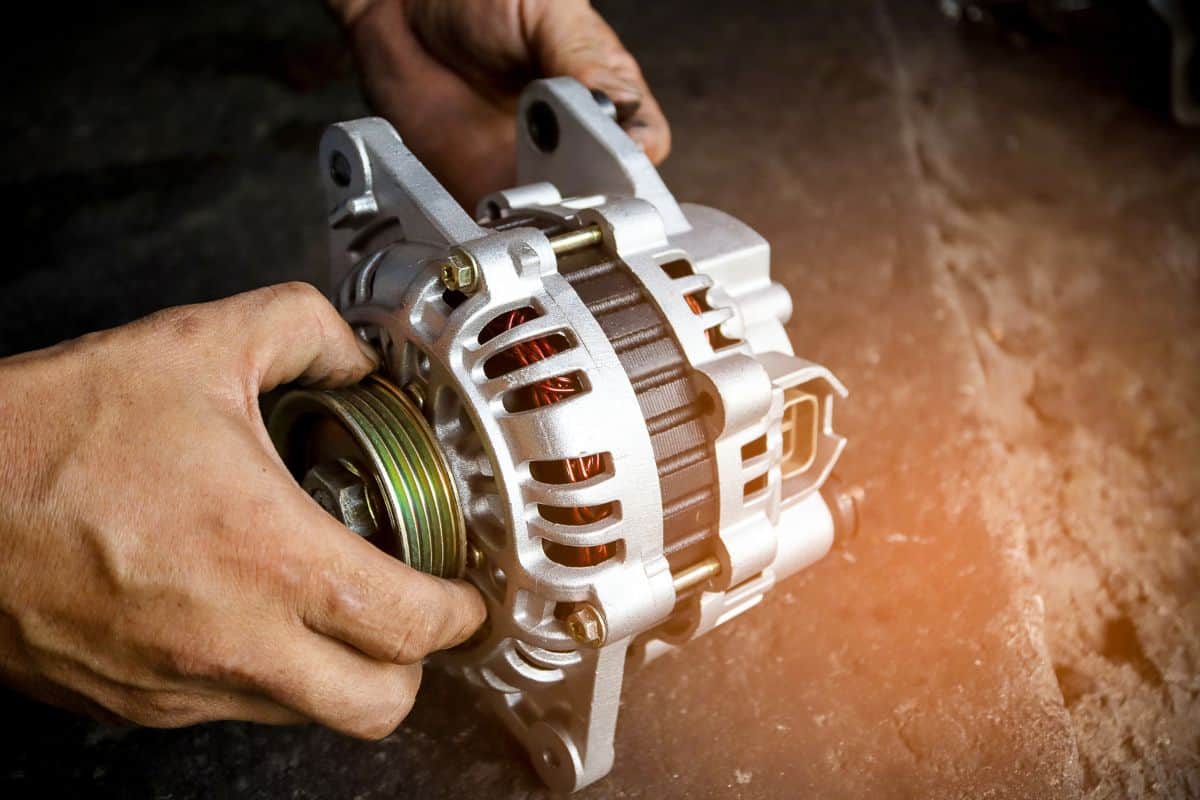
Before you proceed to the steps below, you need to get the correct replacement alternator for your Ford Expedition.
The steps below can also apply to some models of the Ford F-150 and the Lincoln Navigator.
A new alternator for Ford Expedition is available on Amazon through this link.
Prepare Your Ford Expedition For The Replacement
- Park your Expedition on level ground.
- Engage the parking brakes, then place your Expedition on “Park (P).” It is always better to engage the parking brakes before placing your Expedition on “Park (P)” to minimize the stress on the engine in keeping your vehicle in place.
- Turn off the engine. You’d be working in the engine bay, so it is a good idea to let the engine cool if it is hot.
- Disconnect the car battery.
Getting To The Alternator
- Newer Ford Expedition models have a plastic shroud that covers the engine. Remove this shroud so that you’ll get a better look and wider room to work on the alternator.
- The air filter housing and the large hose coming from the housing will cover much of the front of the alternator in newer Expedition models. Older models will have a smaller air filter housing, but you will have a better space to work when you remove the hose and the air filter housing.
- Locate the belt tensioner. Loosen it by using a breaker bar to turn it clockwise or counterclockwise (the direction depends on the Expedition model). The belt will loosen once you turn the belt tensioner in the right direction.
- Remove the belt that connects the alternator to the engine.
Replacing The Alternator
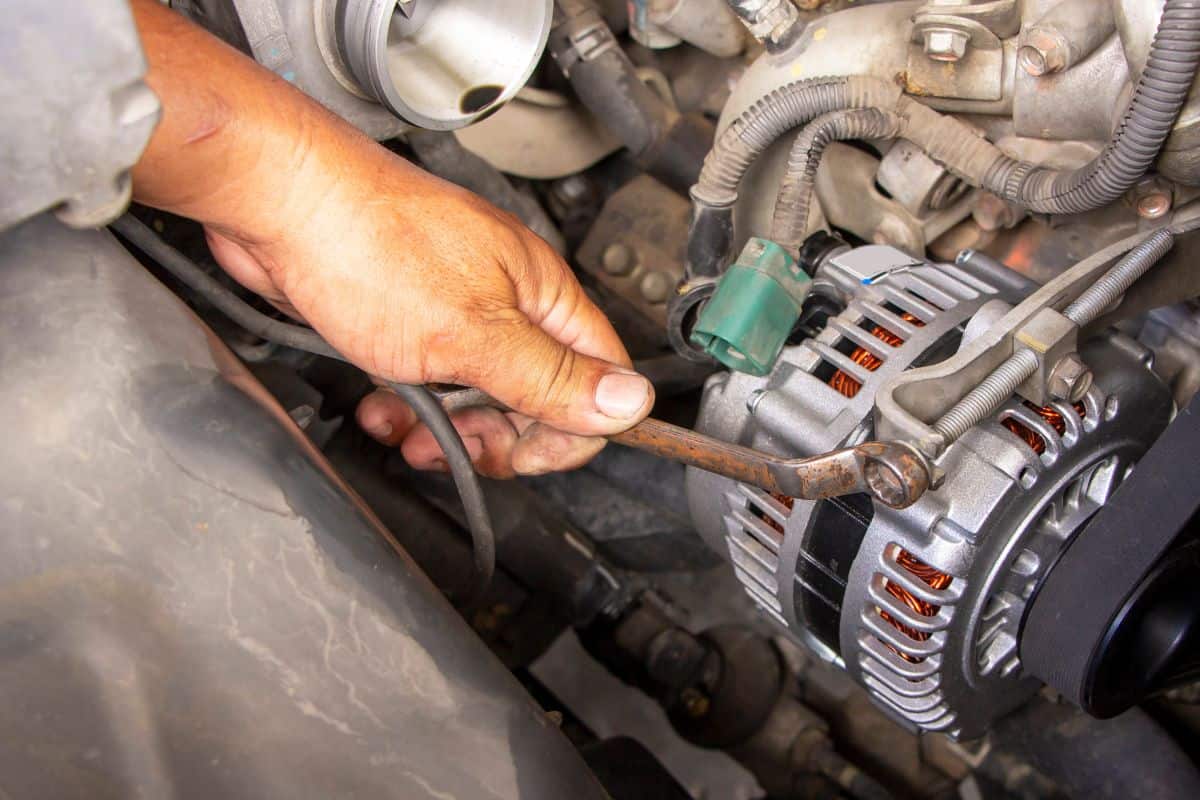
- Remove the bolts that keep the alternator in place. Some expeditions models use a separate metal bracket to keep the alternator in place. Remember to reinstall this bracket later when you install the new alternator.
- Disconnect the wires at the back of the alternator. You can take a picture of the wires to make sure that you know how the wires go when you install the new one.
- Lift out the old alternator and set it aside.
- Install the new alternator in the same direction as the old alternator.
- Connect the wires at the back before reinstalling the bolts so that you will have a better view of the connectors for the wires.
- Reinstall the bolts to keep the alternator in place.
- Prepare the belt on the alternator’s pulley.
- Loosen the belt tensioner once more, keeping it in that position while you install the belt in the correct position.
- Release the belt tensioner slowly.
- Reconnect the car battery.
- Reinstall the air filter box, hoses, and engine shroud.
Conclusion
Several reasons can cause the blinker on your Ford Expedition to blink fast. Check each possible cause to fix the problem, and if you have any doubts about the diagnosis or repair, please consult a certified mechanic.
If you found this article interesting, why not check the two articles below too:

